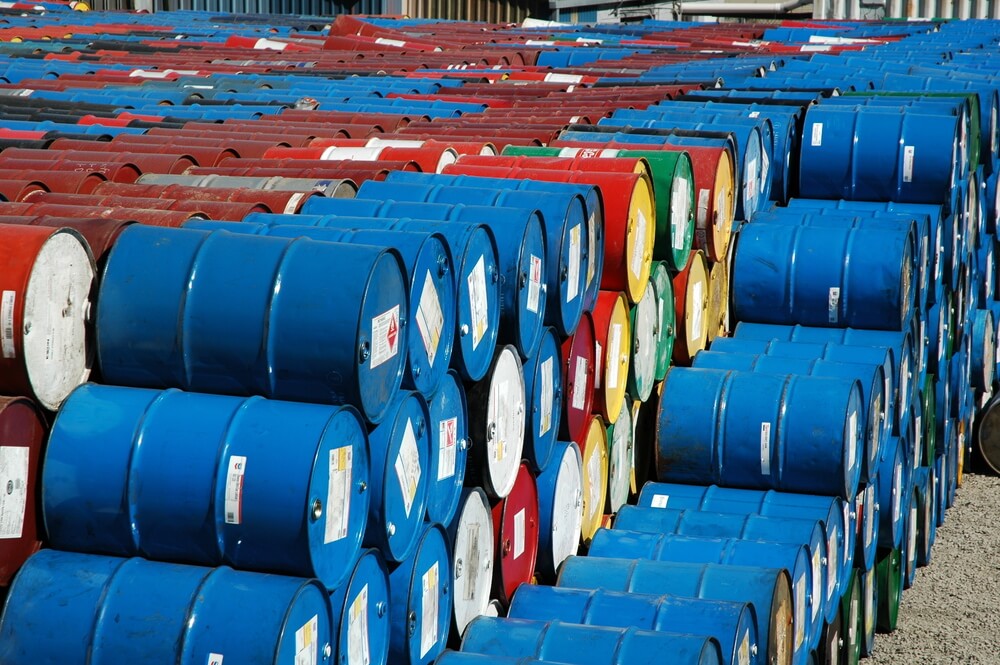Agricultural commodities weathered a volatile 2020 amid the pandemic and drought in some key producing areas.
Meanwhile, soybean managed to make significant strides for the year, pulling corn and wheat towards more competitive pricing.
Robust imports from the world’s second-largest market emerged as one of the biggest pullers for the ingredient.
China targeted to revitalize its hog industry this year after it succumbed to African Swine Fever for long.
With this, soybean exports being an imperative component for animal feeds, surge to record-highs.
This supported prices from flagging towards the negative territory despite the global health crisis and the Ocho derecho that plagued Midwest plantation in August.
A similar fate is also occurring in some parts of Europe and South America.
Despite this, the commodity is planning to cap the year as one of the best on record so far.
Analysts noted that the robust orders from China became the main driver of the United States’ agricultural markets for the year.
Adding support is the tight vegetable oil supplies in the global market, which reverted attention towards procuring more soy oil.
Soya Bean Crushers in Argentina Ends Strike
In the latest agricultural commodity charts in the Chicago Board of Trade, soya bean futures rise to a 6 ½ year highs.
The hike happened amid the signing of a contract between one of Argentina’s soy crushing chambers, CIARA, and its oilseed workers after a 20-day wage strike.
The hiatus significantly paralyzed the soymeal livestock meal production in the country being the world’s top producer.
The agreement includes a gradual increase in workers’ wages by 25% from the January to August period. This is according to a source familiar with the matter.
It will be divided into two parts. Further salary increases after the said timeframe will be based on the official inflation figures of Argentina.















